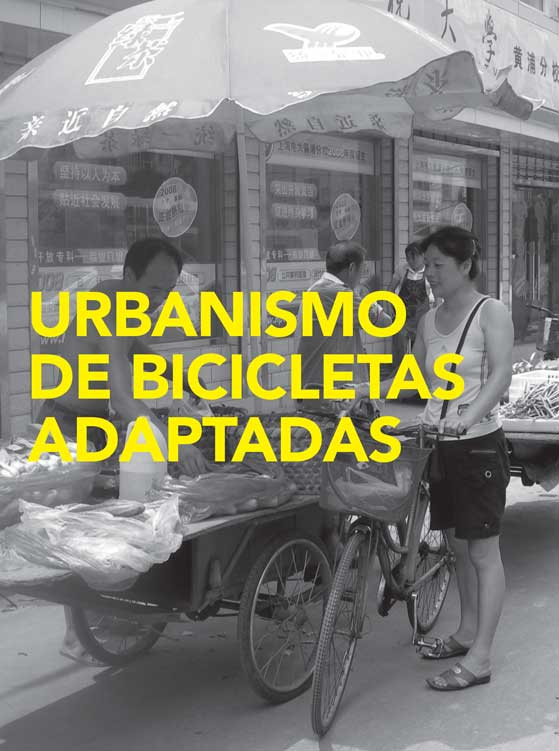Urbanismo de bicicletas adaptadas
Article Sidebar

Keywords:
Main Article Content
Abstract
El espacio físico de la ciudad refleja realidades sociales entrelazadas que representan los múltiples deseos de los diferentes actores. La planificación urbana debe asegurar una variedad de espacios y lugares donde desarrollar actividades diversas. Las ciudades chinas actuales son proyectadas a través de planes maestros genéricos; son estáticas, de naturaleza céntrica y están dominadas por la infraestructura y un paisaje inaccesible. El “urbanismo de bicicletas adaptadas” sugiere la posibilidad de construir espacios urbanos individualistas y dispersos, pero capaces de incluir una multitud de formas dinámicas. Con sus inherentes características efímeras y de movilidad, aporta vida a los espacios urbanos subutilizados y destaca la función de la ciudad existente.
Article Details
Materia Arquitectura provides immediate and free access to all the content of this online edition, published simultaneously with the print edition.
Materia Arquitectura does not charge authors for any concept.
All contents of this electronic edition are distributed under the Creative Commons license of "Attribución-shareAlike 4.0 Internacional" (CC-BY-SA).
The rights of the published texts and images belong to their authors, who grant Materia Arquitectura the license for their use. The management of the permits and the authorization of the publication of the images (or of any material) that contains copyright and its consequent rights of reproduction in this publication is the sole responsibility of the authors of the articles.
As long as they mention their origin, the authors are free to distribute their articles by other means. Any total or partial reproduction of the material must mention its origin.
Downloads
Most read articles by the same author(s)
- Hiroyuki Shinohara, Custom Bike Urbanism , Materia Arquitectura: No. 02 (2010): Materia Arquitectura 02 (Diciembre/December 2010)